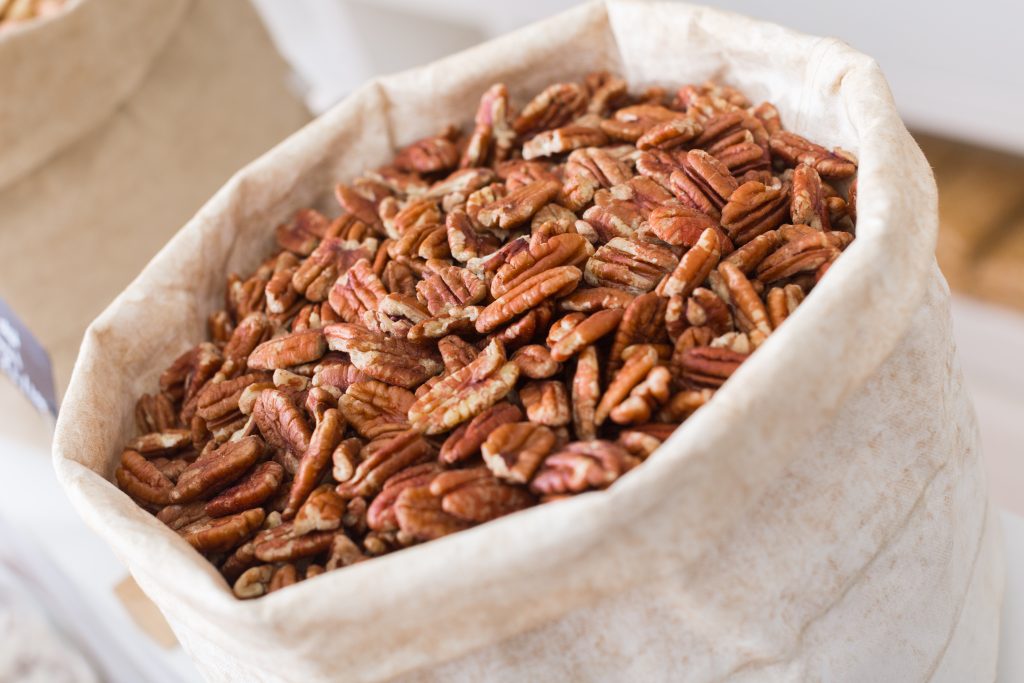
As disappointing and disheartening last year’s pecan season was for Southeast producers, 2021 has the potential to be worse – if producers don’t take action or if prices don’t improve.
It was a bountiful crop for Georgia with yields projected at 135 million pounds. But considering that pecan trees are alternate bearing (if they produce a good crop one year, they are less likely to produce a similar result the following year), a decreased crop next season will not compensate for the market, if low prices linger.
“If our prices are as bad as they were last year, and we don’t have the volume there, growers are really going to feel the pain then. This year, the prices were low, but it was a really good crop and most growers had enough volume to offset some of the low prices. It may have hurt their feelings but most of them would have gotten enough to pay their bills and keep going,” University of Georgia Cooperative Extension pecan specialist Lenny Wells said.
“If we have a similar situation this year and have a lighter crop as we would expect after such a big year, it could get ugly in that situation.”
Trimming Expenses
Wells is encouraging producers to trim expenses when possible.
“Certainly in the situation that our market is in right now and just not knowing, it may be better than it was last year or it may be the same or it may be worse; we have no way of knowing. In that situation, it would really help to watch your inputs closely,” Wells said.
The two main areas are in fertility and with fungicide sprays. Fertility, which includes lime, potassium, nitrogen, phosphorous and zinc, account for a little more than 10% of variable costs. Fungicides, which include sprays for scab disease, account for about 12%.
“Between those two, if you can find some savings, you can really make a dent in your costs of production,” Wells said.
Soil and Leaf Samples
Soil and leaf samples are crucial in helping producers understand the conditions of nutrients in their orchards. In many instances, nutrient levels in the soil in older orchards don’t need to be replenished every year. That will save producer additional input costs.
“We did a survey back in 2007 that showed for a lot of these nutrients like phosphorus, potassium, zinc, a lot of the older mature orchards, the soil levels are good. There’s going to be some variation based on soil type and location. But some of these nutrients, like phosphorus and zinc especially when you get them to the point they need to be, they’re going to be there for a while. You don’t necessarily have to apply them every single year,” Wells said.
While fungicide sprays for scab disease are essential, especially in production seasons with a lot of rainfall, one alternative is to plant varieties that are much more scab resistant, like Avalon.









